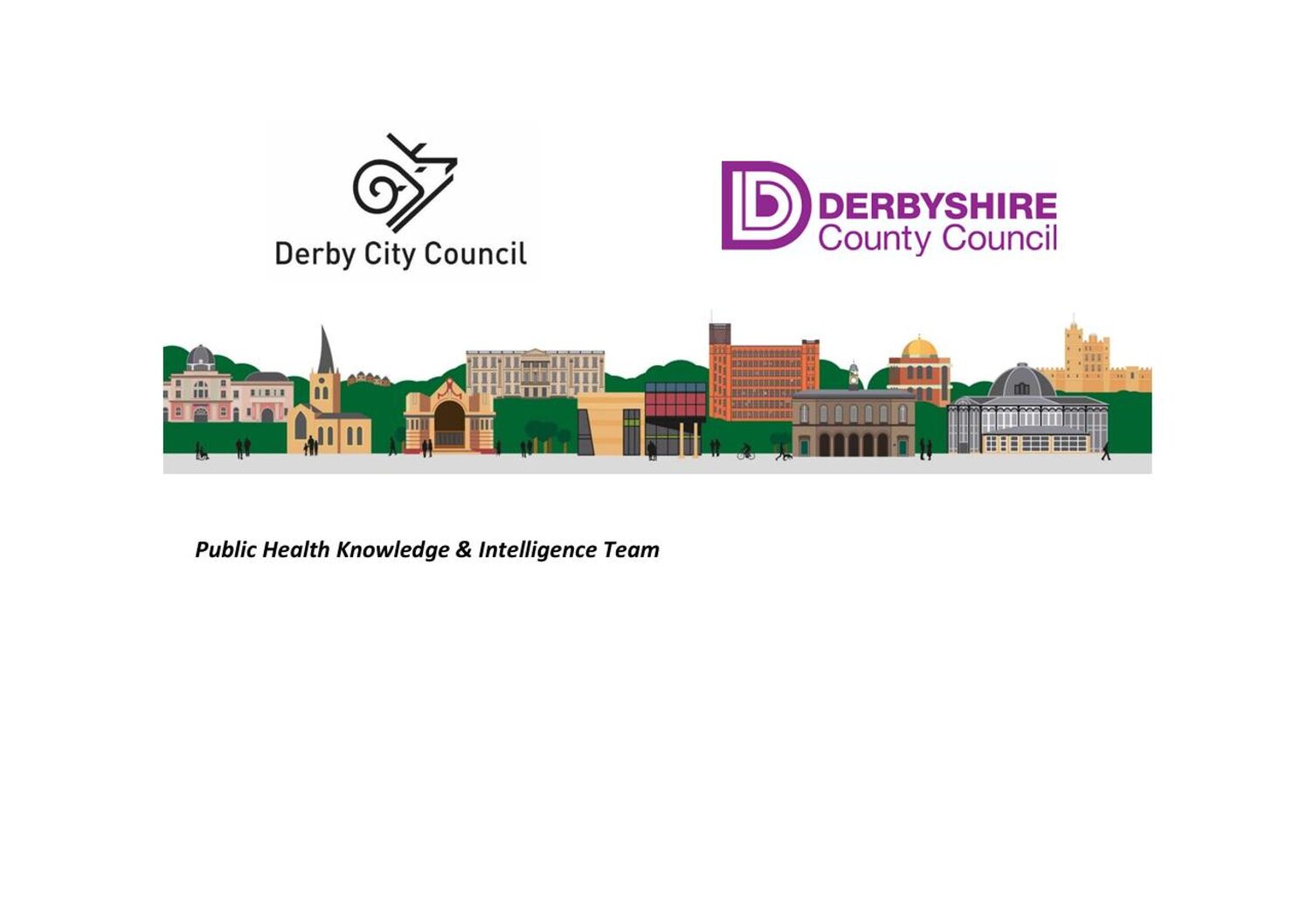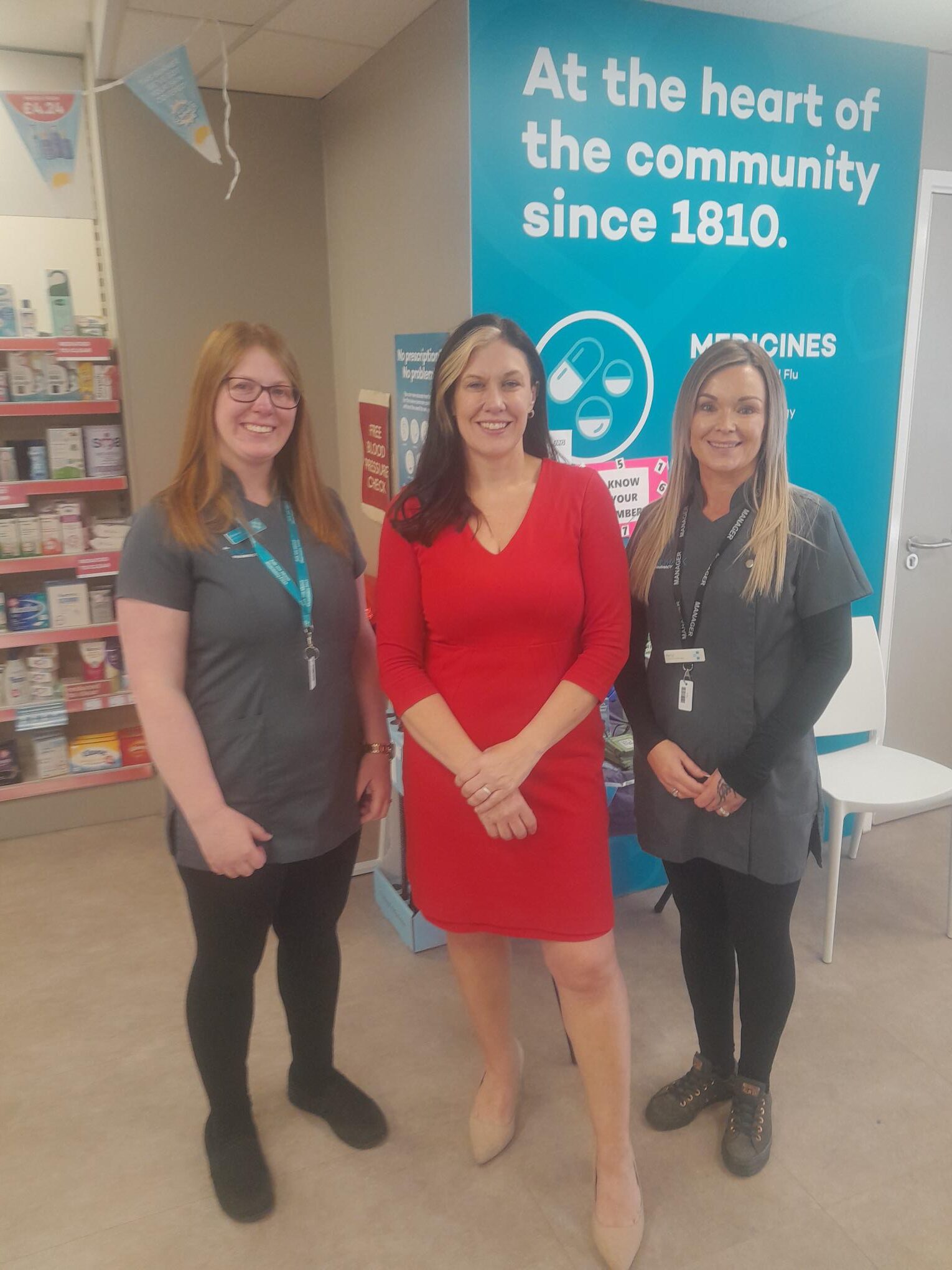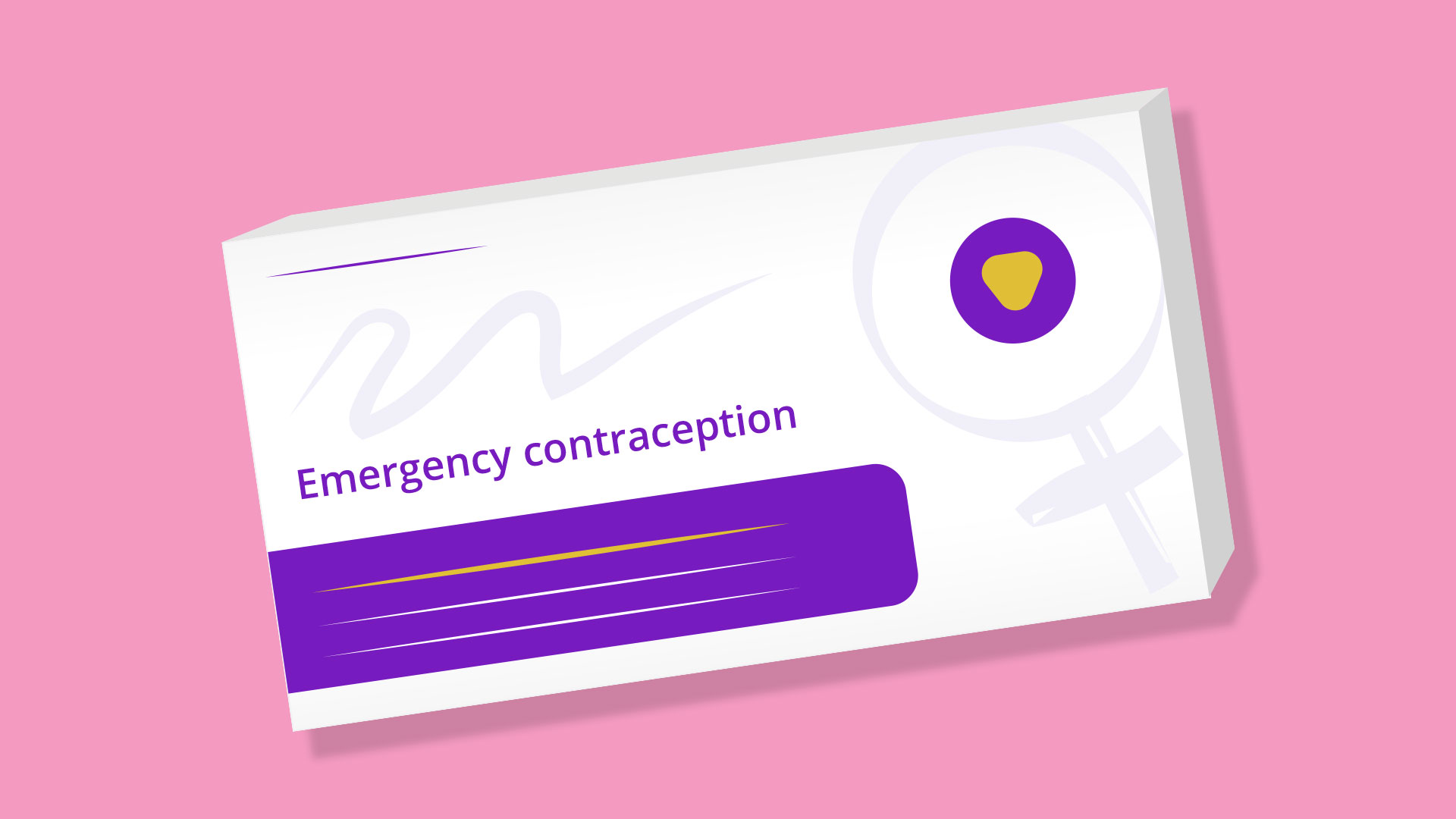Incident Reporting
Following changes to the incident reporting process, a new incident reporting approved particular has been published. This document replaces the previous approved particular, which has been in place since July 2024.
Contractors should familiarise themselves with the content of this new document to ensure they understand what is considered an incident and what is required should an incident occur.
Pharmacies must have a patient safety incident log for all incidents. Pharmacies should also maintain a record of errors identified as part of the checking process (near misses) for internal review and learning. The patient safety incident log must capture the following information, where known:
- date the form was completed, who completed it, their position and GPhC number (if any), date and time of the incident, who dealt with the incident, where the incident was a dispensing error who it was dispensed by and checked by
- patient’s name and address
- patient’s details – date of birth, sex, ethnicity any disabilities
- if the incident is a dispensing error, the type of error (drug, strength, quantity, dose, label or other)
- description of the incident
- degree of harm – both physical (no harm, low harm, moderate harm, severe harm, death) and psychological (no harm, low harm, moderate harm, severe harm)
- description of any action which prevented the incident from reaching the patient or minimised impact on the patient
- description of any apparent contributing factors
- description of any actions taken to prevent recurrence
- if a note has been put on the patient’s record
- what the underlying causes were and if the new procedures will prevent recurrence
- patient follow-up – description of the action taken with the patient and the patient’s reaction/view of the incident (noting professional standards including the duty of candour)
2. Any events that meet the national definition of a patient safety incident should be recorded to the Learn from Patient Safety Events (LFPSE) Service. Users can record events using the LFPSE online service, or via compliant local risk management system (LRMS) via the LFPSE Application Programming Interface (API). The API allows users to record an incident locally within the pharmacy’s own organisation, and for it to be shared automatically to LFPSE. An extension of this functionality exists to allow pharmacies that are part of multiples to also record via their superintendent pharmacist’s office. Pharmacy contractors who need help in establishing a reporting hierarchy of this type should contact the patient safety helpdesk for information and assistance (england.PatientSafetyHelpdesk@nhs.net). Users can choose to record patient safety events anonymously via the online LFPSE portal to support psychological safety where the error could constitute a criminal offence or as part of staff ‘whistleblowing’ in relation to unsafe practices. Patients and families are also able to record patient safety incidents using the online form.
3. A record of the LFPSE reference number (issued automatically when an individual incident is submitted through the LFPSE online tool) should be kept within the pharmacy as part of the incident log where known.
4. Patient safety incidents are recorded using the LFPSE defined levels of harm. These have been extended from previous definitions to cover both physical and psychological harms:
| Previous harm grades | New physical harm grades | New psychological harm grades |
| No harm | No physical harm | No psychological harm |
| Low harm | Low physical harm | Low psychological harm |
| Moderate harm | Moderate physical harm | Moderate psychological harm |
| Severe harm | Severe physical harm | Severe psychological harm |
| Death | Fatal | n/a |
The definition of each level of harm is outlined in the Policy guidance on recording patient safety events and levels of harm, where any changes will be updated should they occur. If an incident has happened where a person is directly involved, the levels of physical and psychological harm must be recorded in the LFPSE system (even if this means recording that there was no harm).
5. LFPSE also allows users to indicate that a safety event is being recorded within one organisation but is thought to have taken place within another. This record will then become available to the service in question. To enable follow-up, it is advised that the referring organisation be notified of the incident with appropriate details provided.
6. The contractor must participate in any reasonable activities associated with patient safety incidents, including engaging in any learning response or in responding as appropriate under the Patient Safety Incident Framework (for services commissioned in the NHS Standard Contract).
7. Appropriate staff are required to participate in analyses of critical incidents. Only relevant staff who are involved in providing NHS services (and who would therefore have legitimate input to make) should be involved in analyses of patient safety incidents.
Annex 1: defined levels of harm
(This information can be accessed online via the NHS England website where any changes will be updated as they occur.)
Physical harm
No physical harm – no physical harm
Low physical harm – low physical harm is when all of the following apply:
- minimal harm occurred – patient(s) required extra observation or minor treatment
- did not or is unlikely to need further healthcare beyond a single GP, community healthcare professional, emergency department or clinic visit
- did not or is unlikely to need further treatment beyond dressing changes or short courses of oral medication
- did not or is unlikely to affect that patient’s independence
- did not or is unlikely to affect the success of treatment for existing health conditions
Moderate physical harm – moderate harm is when at least one of the following applies:
- has needed or is likely to need healthcare beyond a single GP, community healthcare professional, emergency department or clinic visit, and beyond dressing changes or short courses of medication, but less than 2 weeks additional inpatient care and/or less than 6 months of further treatment, and did not need immediate life-saving intervention
- has limited or is likely to limit the patient’s independence, but for less than 6 months
- has affected or is likely to affect the success of treatment, but without meeting the criteria for reduced life expectancy or accelerated disability described under severe harm
Severe physical harm – severe harm is when at least 1 of the following applies:
- permanent harm/permanent alteration of the physiology
- needed immediate life-saving clinical intervention
- is likely to have reduced the patient’s life expectancy
- needed or is likely to need additional inpatient care of more than 2 weeks and/or more than 6 months of further treatment
- has, or is likely to have, exacerbated or hastened permanent or long-term (greater than 6 months) disability, of their existing health conditions
- has limited or is likely to limit the patient’s independence for 6 months or more
Fatal (previously documented as ‘Death’ in NRLS) – you should select this option if, at the time of reporting, the patient has died and the incident that you are recording may have contributed to the death, including stillbirth or pregnancy loss. You will have the option later to estimate to what extent the incident contributed to the death.
Psychological harm
Please note that when recording psychological harm, you are not required to make a formal diagnosis; your answer should be an assessment based on the information you have at the point of recording and can be changed if further information becomes available.
No psychological harm – being involved in any patient safety incident is not pleasant, but please select ‘no harm’ if you are not aware of any specific psychological harm that meets the description of ‘low psychological harm’ or worse. Pain should be recorded under physical harm rather than psychological harm.
Low psychological harm – low psychological harm is when at least one of the following applies:
- distress that did not or is unlikely to need extra treatment beyond a single GP, community healthcare professional, emergency department or clinic visit
- distress that did not or is unlikely to affect the patient’s normal activities for more than a few days
- distress that did not or is unlikely to result in a new mental health diagnosis or a significant deterioration in an existing mental health condition
Moderate psychological harm – moderate psychological harm is when at least one of the following applies:
- distress that did or is likely to need a course of treatment that extends for less than 6 months
- distress that did or is likely to affect the patient’s normal activities for more than a few days, but is unlikely to affect the patient’s ability to live independently for more than 6 months
- distress that did or is likely to result in a new mental health diagnosis, or a significant deterioration in an existing mental health condition, but where recovery is expected within 6 months
Severe psychological harm – severe psychological harm is when at least one of the following applies:
- distress that did or is likely to need a course of treatment that continues for more than 6 months
- distress that did or is likely to affect the patient’s normal activities or ability to live independently for more than 6 months
- distress that did or is likely to result in a new mental health diagnosis, or a significant deterioration in an existing mental health condition, and recovery is not expected within 6 months
Publication reference: PRN02038



